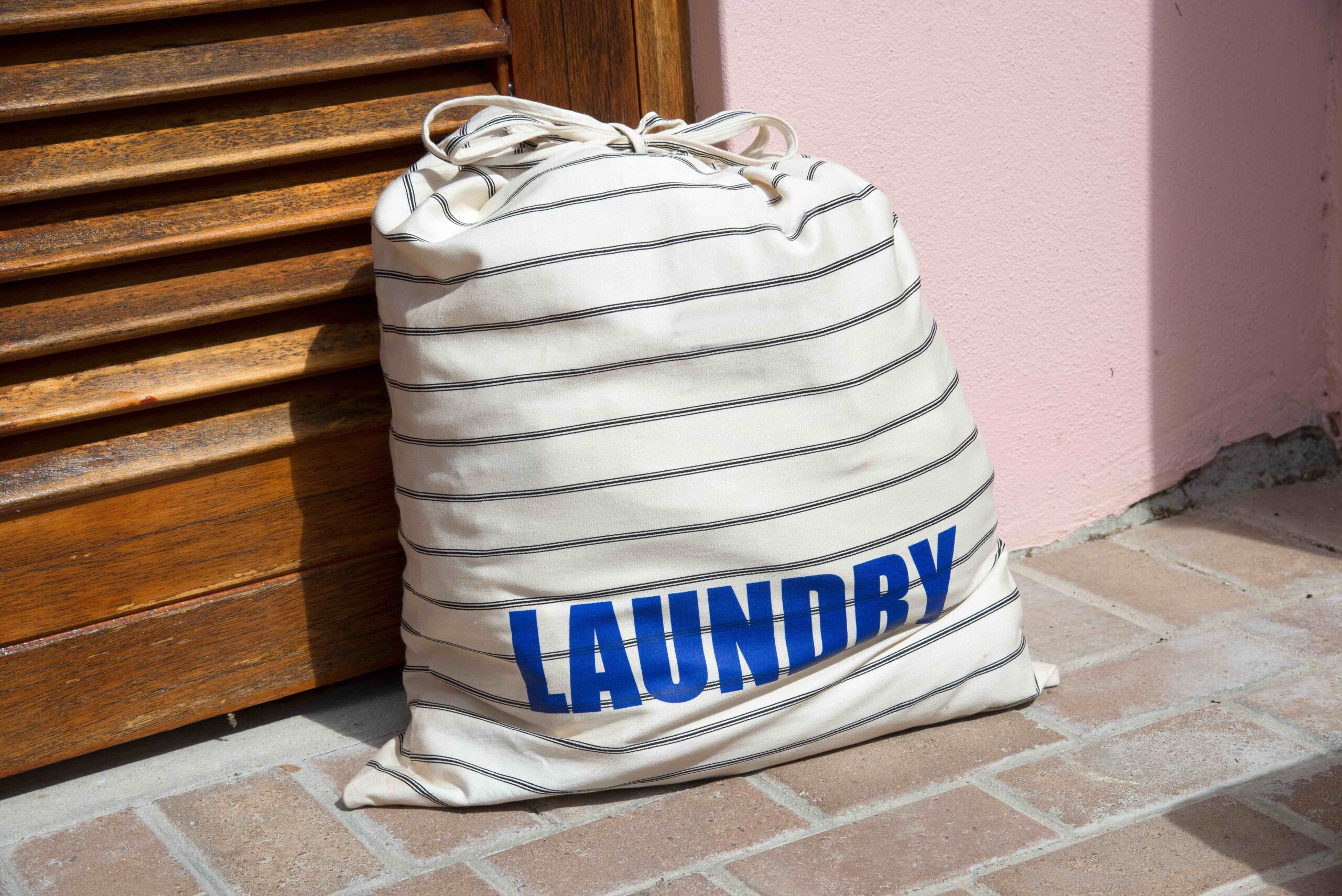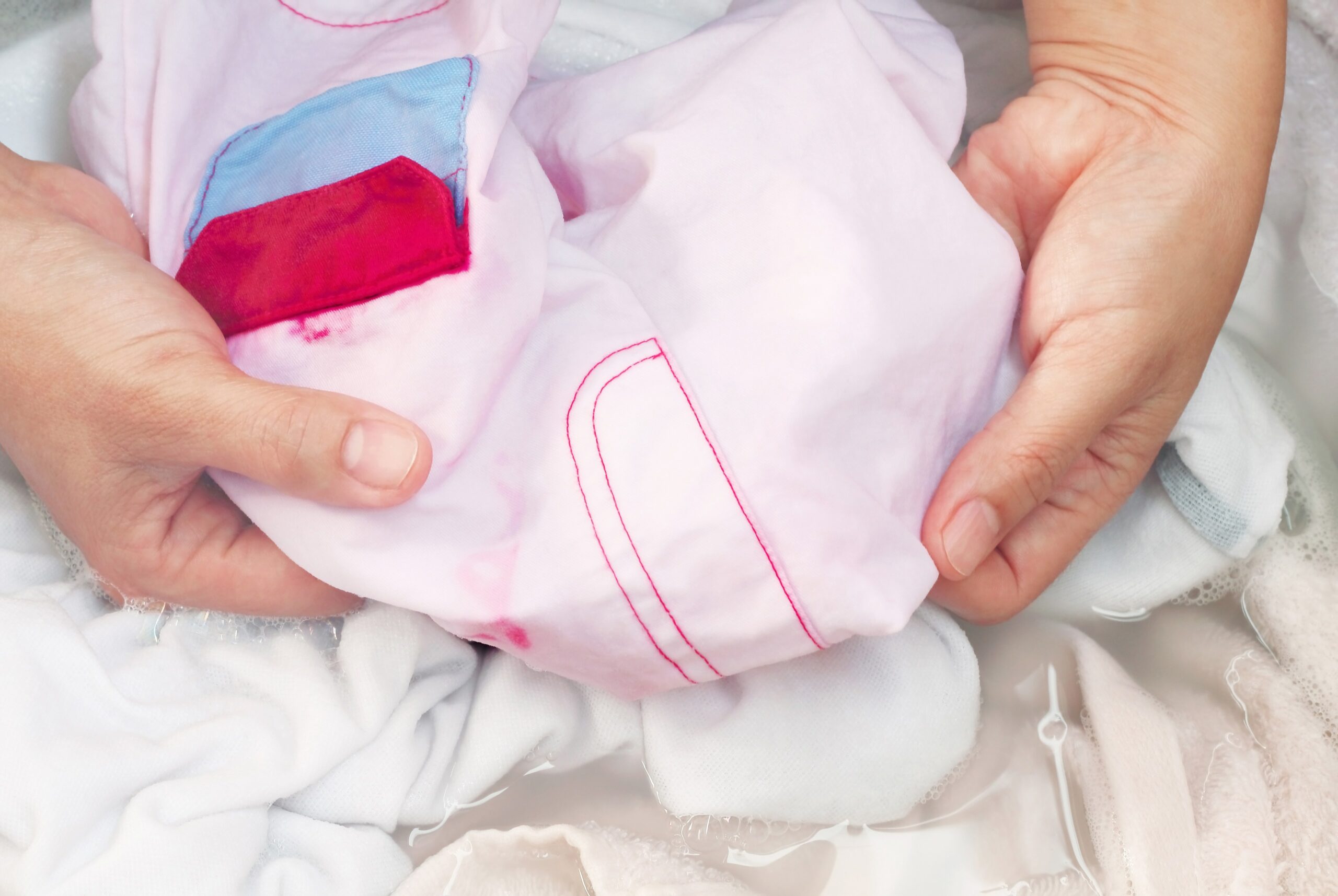A fresh coat of paint can completely transform the look and feel of your home. Whether it’s adding a vibrant splash of color to an accent wall or refreshing a worn-out exterior, painting is a cost-effective and rewarding way to improve your space. This blog post offers top tips for painting your home, covering everything from choosing the right paint to applying it like a professional.
Benefits of Painting Your Home
Painting your home goes beyond mere aesthetic appeal. Yes, a new paint job can certainly breathe new life into your rooms, but it also serves practical purposes. Paint acts as a barrier, protecting your walls from wear and tear, and damage from moisture and insects. Furthermore, if you’re planning to sell your home in the future, a fresh, professional-looking paint job can significantly boost your property’s value. Therefore, painting is an investment in preserving and enhancing your home.
Choosing the Right Paint
Before you start, it’s important to select the right paint. You have two main types to choose from: oil-based and water-based paints. Oil-based paint, known for its durability and rich finish, works well on trim, doors, and areas that require heavy-duty coverage. Water-based paint, on the other hand, is easier to work with, dries quickly, and is more environmentally friendly. It’s ideal for general wall painting. Another important decision is the paint finish. Options range from glossy, which is durable and easy to clean, to matte, which offers a non-reflective finish that hides imperfections. Lastly, color selection is critical. Consider your furniture, flooring, and personal preference. Neutral colors offer versatility, while bold colors can add character to a room.
Essential Painting Tools and Supplies
Having the right tools is crucial for a successful paint job. At the very least, you’ll need paint brushes, paint rollers, a paint tray, masking tape, and drop cloths. Brushes are great for detail work and smaller areas, while rollers help you cover large areas quickly. Opt for high-quality brushes and rollers to ensure a smooth and even paint application. Masking tape is essential for creating clean edges and protecting areas you don’t want painted. And don’t forget drop cloths—they protect your floors and furniture from paint splatters and spills.
Preparation Before Painting
Proper preparation is key to achieving a great paint job. Start by cleaning the surfaces you plan to paint, as dirt and grease can prevent the paint from adhering properly. If there are cracks or holes in the walls, use filler to repair them and sand the surface smooth. Apply primer to ensure a uniform and vibrant finish. Primer is particularly important when painting over darker colors or raw surfaces. Lastly, use masking tape to protect door frames, window sills, and any other areas that should remain paint-free, and cover floors and furniture with drop cloths.
Best Techniques for Applying Paint
Once your surface is prepared, it’s time to start painting. If you’re using a brush, dip half the bristles into the paint, then gently tap the brush against the side of the paint container to remove excess. Apply the paint using vertical strokes, then smooth it out with horizontal strokes. For larger areas, a roller is more efficient. Fully saturate the roller, then roll it back and forth in the paint tray to evenly distribute the paint. Apply the paint using a ‘W’ pattern for an even finish. Whether you’re using a brush or a roller, remember to maintain a wet edge to avoid visible lines in the final result. Apply two coats for the best finish, allowing the paint to fully dry between coats.
Safety Measures When Painting
Always prioritize safety when painting. Ensure the room is well-ventilated to prevent the buildup of paint fumes. If you’re painting in a space with poor ventilation, consider using a respirator. Wear protective clothing, including gloves and safety glasses, especially when working with oil-based paints that can be difficult to remove. Finally, properly seal and store any leftover paint, and dispose of any waste materials in accordance with local regulations.
Maintaining Your Newly Painted Surfaces
After you’ve achieved the perfect paint job, maintenance is the key to keeping it looking fresh. Clean painted walls with a soft cloth or sponge and mild soapy water. Avoid using harsh chemicals that can damage the paint. For minor chips and scratches, touch up paint is your friend. Keep a small amount of the original paint for this purpose. Apply the touch up paint with a small brush, feathering the edges to blend with the surrounding area.
Painting your home is a rewarding task that can breathe new life into your spaces. By selecting the right paint, preparing your surfaces, applying the paint with care, and taking steps to maintain the finish, you can achieve a professional-looking paint job that enhances the beauty and value of your home. Remember, practice makes perfect—so don’t be discouraged if your first attempt doesn’t turn out exactly as you envisioned. Happy painting!






